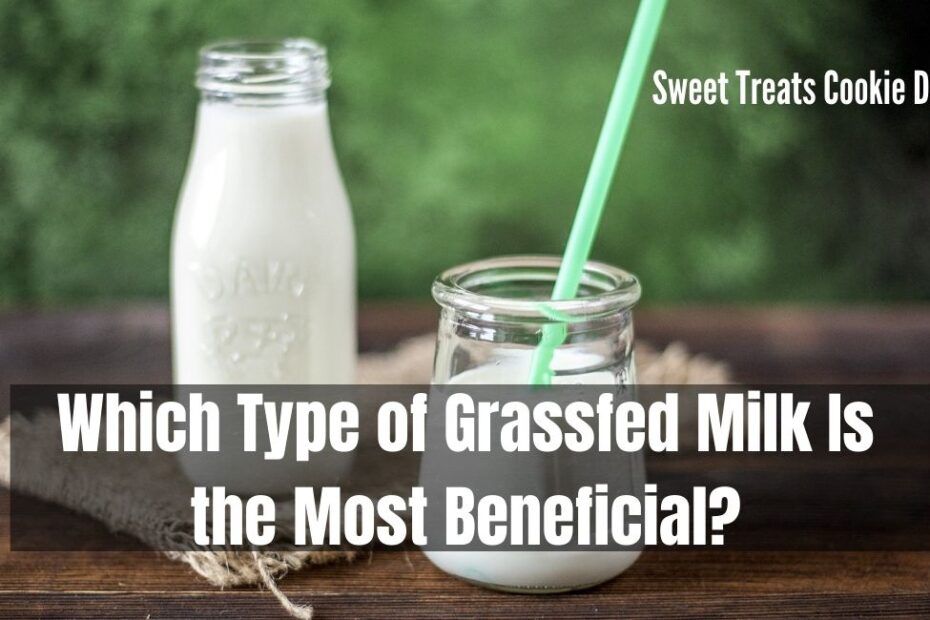Understanding the many varieties of grassfed milk and how to choose the best pastured dairy for your family’s health.
When I first started promoting the health benefits of grassfed milk in the diet, most people were lucky if they could locate one such farm providing it in their town.
Let’s fast forward nearly two decades. Many of us are fortunate to have multiple small farms that provide such goods!
While this is a wonderful development, especially if you produce your own nutritional infant formula, it also implies that consumers must scrutinize the available options.
To put it another way, everyone of us has been assigned the responsibility of evaluating which milk is best for ourselves and our families.
What are the Different Kinds of Grassfed Milk?
A buddy recently inquired about the most popular forms of grassfed milk and which is the best. In her neighborhood, she has the following options:
- Milk that is organically certified, raw, and 100 percent grassfed. There is extremely little, if any, creamline in pastured milk.
- Nonhomogenized low-temperature pasteurized grassfed milk that is organically certified (“creamtop”). The cows are completely pastured, and the milk is A2.
- Raw, grassfed milk from an organically farmed (but not certified) farm with a significant creamline. The cows do, however, get some grain as part of their mostly pastured diet.
Which milk should you buy for yourself or your developing family?
Let’s take a look at each option.
100 percent grassfed, organically certified, raw (low cream)
When raw milk has a very small to non-existent creamline, it nearly always suggests the herd is primarily holstein cows.
Other breeds generate significantly less milk per cow than Holsteins. This milk, on the other hand, contains little to no cream. As a result, Big Dairy confinement operations prefer this sort of cow since it is a more profitable animal.
When it comes to raw milk, I believe that holsteins are not the ideal breed because the cream is required to keep the milk fresh.
The freshness is preserved by the cream on top.
Not to mention the fact that milk with a lot of cream is healthier and has a better nutritional profile.
Natural Vitamin A and D, for example, can be found in the cream!
Consumers used to judge the quality of milk primarily on the thickness of the cream on top before widespread homogenization.
With homogenization, Big Dairy Corporations were able to use holsteins to maximize milk output while keeping consumers in the dark. It was a wise decision, as it increased business earnings.
Raw holstein milk I’ve purchased in the past has barely lasted a few days to a week before spoiling.
Freshness lasts much longer in raw milk with a large creamline. During the summer, when the grass has a milder flavor, it can last up to two weeks or longer.
Raw milk from holstein cows, even if 100 percent organic and grassfed, is not my ideal scenario, in my opinion. Look for grassfed milk from traditional breeds such as jersey, guernsey, and devon cows.
If grassfed holstein milk is all you can find, that’s fine. It is unquestionably superior to supermarket processed milk.
USDA Organic & A2 Certified, 100 percent Grassfed, and Low Temperature Pasteurized (high cream)
What about grassfed milk that has been fully pastured and A2 certified, but has been pasteurized at a low temperature and has not been homogenized?
When compared to raw milk, low-temperature or “vat pasteurized” milk is physically degraded, according to microphotography examination results.
Consequently, it makes little difference whether the milk is organic, from pasture-raised cows, or designated A2.
Pasteurization, even at a lower temperature, causes structural damage to the proteins in milk, making it unsafe to ingest the milk on a regular basis despite the reduced temperature.
Milk that is organic, raw, and primarily derived from pasture (high cream)
In my friend’s community, the last type of grassfed milk she could get was from a farm that farms its old-fashioned jersey cows on pasture. It is true that the cows are fed grain as part of their diet. However, because it is only delivered during milking, it is not a significant amount.
In addition, the milk is organically produced (although not certified), raw, and has a high creamline percentage.
If it were up to me, I would buy this milk for my family on the spot if I had the option.
The presence of a large creamline, in my opinion, is considerably more significant to the quality of the milk than the fact that the cows consume some grain as part of their primarily pastured diet.
In other words, raw milk that is 100 percent pastured and low in cream is not as nutritious as raw milk that is partially pastured and high in cream.
Some people may disagree with me on this point, and I understand why. My opinion, on the other hand, is based on my experience of raising three children on this type of milk. They are all in good health and have no dental problems, so I am pleased with the outcome of that decision, which also worked out to be quite cost-effective for our family’s food budget.
What kinds of grassfed milk are available in your area, and what brands are they? Which one did you decide to purchase and why? Has hindsight proven to be 20/20 in this particular instance?
What happens if the only type of raw milk available is nonorganic?
This article on the healthiest nonorganic milk to buy might provide you with some ideas on how to judge the quality of a grassfed farm and its raw pastured milk if you discover that the raw pastured milk in your area is not organically produced.
